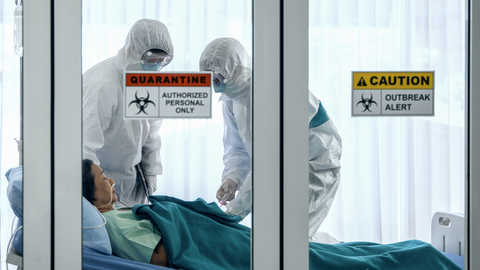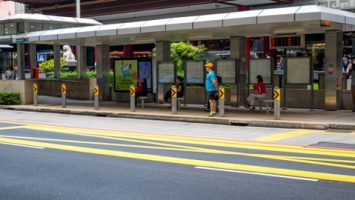
In situations where the stakes are high and time is short, having the right information in real time in a way that is easy to understand can make all of the difference. For teams in a crisis situation, it is critical to visualize information in an efficient way to short cut communication and focus on solutions.
Innovative companies are using Augmented Reality (AR) technologies to bridge the information gap. When 1.3 million acres were burning in New South Wales, Edgybees was able to provide real time information to first responders. GIS map coordinates, environmental conditions, and even the location of equipment and personnel overlaid drone video footage so that emergency teams in the field could immediately deploy the right resources to the right places. Communication and collaboration in real-time removes the guesswork, saving time and firefighters’ lives.
Blitzz offers real-time video streaming with collaborative drawing and annotation tools through a mobile interface in order to connect people remotely. Live video calls minimize ambiguity and convey specifics, so that challenges can be handled remotely and quickly while improving safety.
This can be effective not only in emergency situations but also as a tool to bridge the digital divide in the wake of COVID-19. Helping those with lower digital skills literacy to be able to connect online can enable access to life-saving information and health care professionals not to mention connecting seniors who may be experiencing heightened social isolation. Users can access the technology via text message, so no need to download an app or overcome technical skills barriers.
Both Edgybees and Blitzz began in different sectors before they realized that their technology could be used to support city services. Edgybees had its origin in virtual gaming. Blitzz began as a technician customer support tool. Both companies see great potential to leverage their innovation for the good of the public sector in order to create safer, more resilient cities.
Another thing both companies have in common is that the use cases are endless. AR is already being deployed to create better outcomes in areas such as telemedicine and education. As the world becomes virtual virtually overnight in the wake of COVID-19, the need for AR and other digital tools will skyrocket. It is a good thing that these innovative entrepreneurs are ready to support cities in any challenge.


